Luxembourg is home to a variety of bird species, many of which are quite rare and not found in other parts of the world. The country’s diversity of habitats, ranging from forests and wetlands to grasslands and agricultural areas, provides a perfect setting for a wide range of birds to thrive.
From the majestic White-tailed Eagle to the shy Common Kingfisher, the country’s birdlife offers an amazing glimpse of the world’s avian diversity. This article provides an overview of some of the most common and interesting bird species found in Luxembourg.
1. Eurasian Reed Warbler
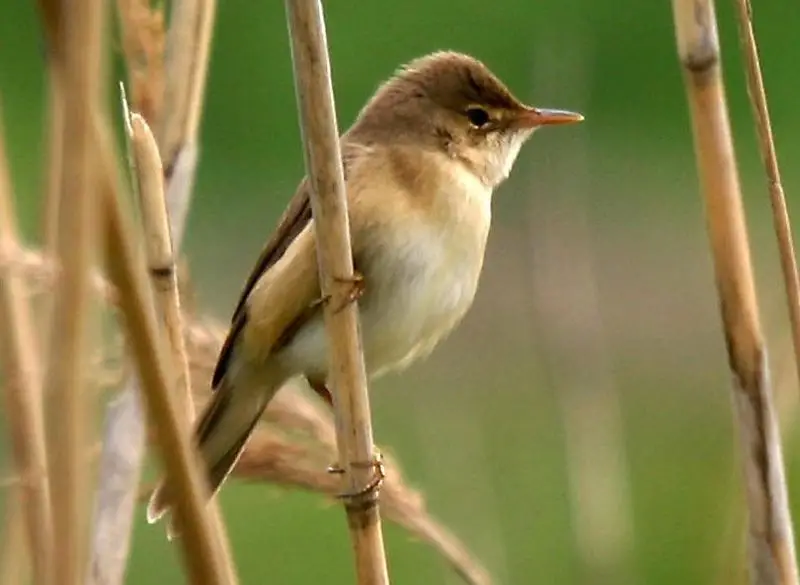
The Eurasian reed warbler (Acrocephalus scirpaceus) is a species of Old World Warbler native to the temperate parts of Europe and Asia.
It breeds in wetlands such as marshes, ponds and rivers with dense vegetation like reeds or tall grasses.
During its wintering season, it migrates southward to sub-Saharan Africa where there are milder conditions.
This small bird has streaked brown plumage on the upperparts and white underparts which makes it difficult for predators to spot among the foliage.
Its diet consists mainly of insects including aphids, caterpillars larvae and moths caught while flying over water or by gleaning from plants growing near water bodies.
The male sings an attractive song consisting of several phrases repeated one after another as part of their courtship display during breeding season in order attract females for mating purposes.Scientific classification:
| Kingdom | Animalia |
| Phylum | Chordata |
| Class | Aves |
| Order | Passeriformes |
| Family | Acrocephalidae |
| Genus | Acrocephalus |
| Species | A. scirpaceus |
2. Boreal Owl
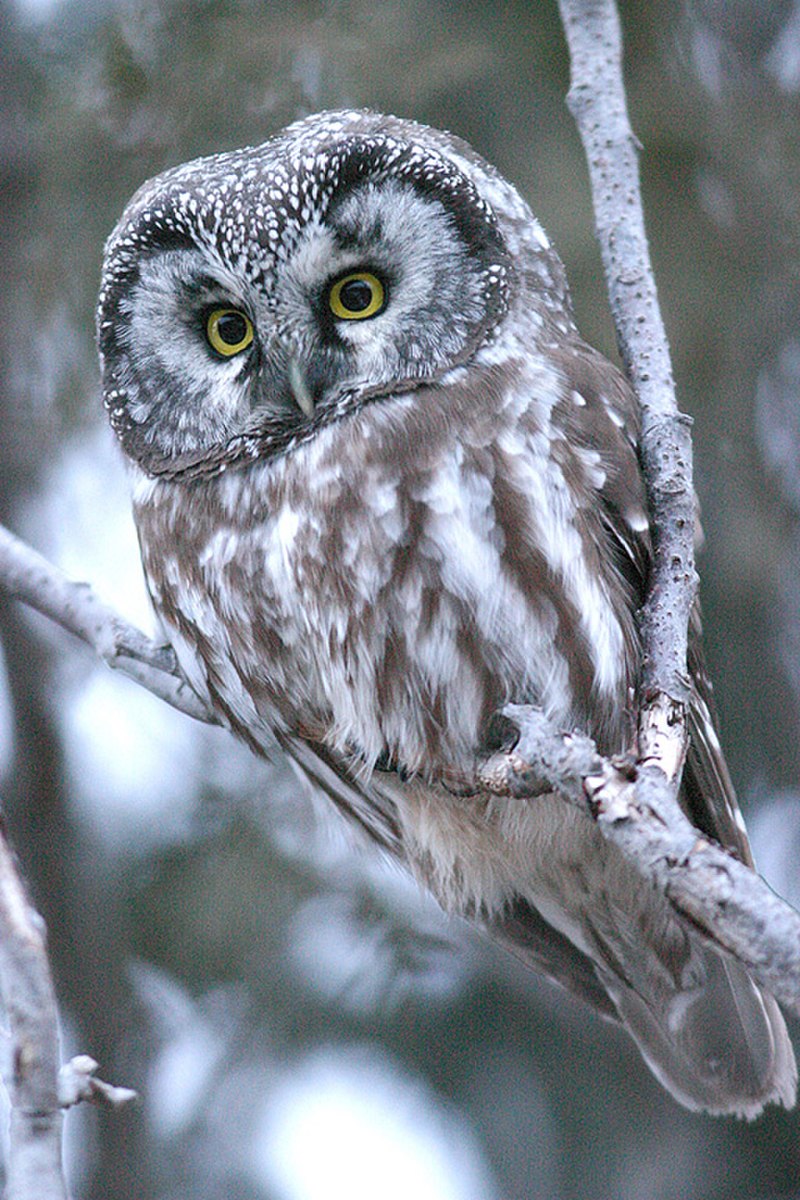
The Boreal Owl is a small, nocturnal bird of the Strigidae family commonly found in North America and Europe.
It’s also known as Tengmalm’s owl after Swedish naturalist Peter Gustaf Tengmalm or Richardson’s owl after Sir John Richardson.
The boreal owl has an elusive nature which makes it difficult to observe due to its shyness towards human activity during daylight hours.
Its feathers are dark brown with white spots on the wings, face and throat while its underbelly is light grey/brown with darker streaks along the sides.
They have long talons used for catching prey such as mice, voles and other small rodents making them effective hunters at night-time when they become more active seeking food sources away from humans.
Their habitat consists of coniferous forests where they can find shelter among large trees that offer nesting sites high up off of ground level keeping them safe from predators like foxes and coyotes who roam around looking for easy meals near the forest floor.Scientific classification:
| Kingdom | Animalia |
| Phylum | Chordata |
| Class | Aves |
| Order | Strigiformes |
| Family | Strigidae |
| Genus | Aegolius |
| Species | A. funereus |
3. Middle Spotted Woodpecker
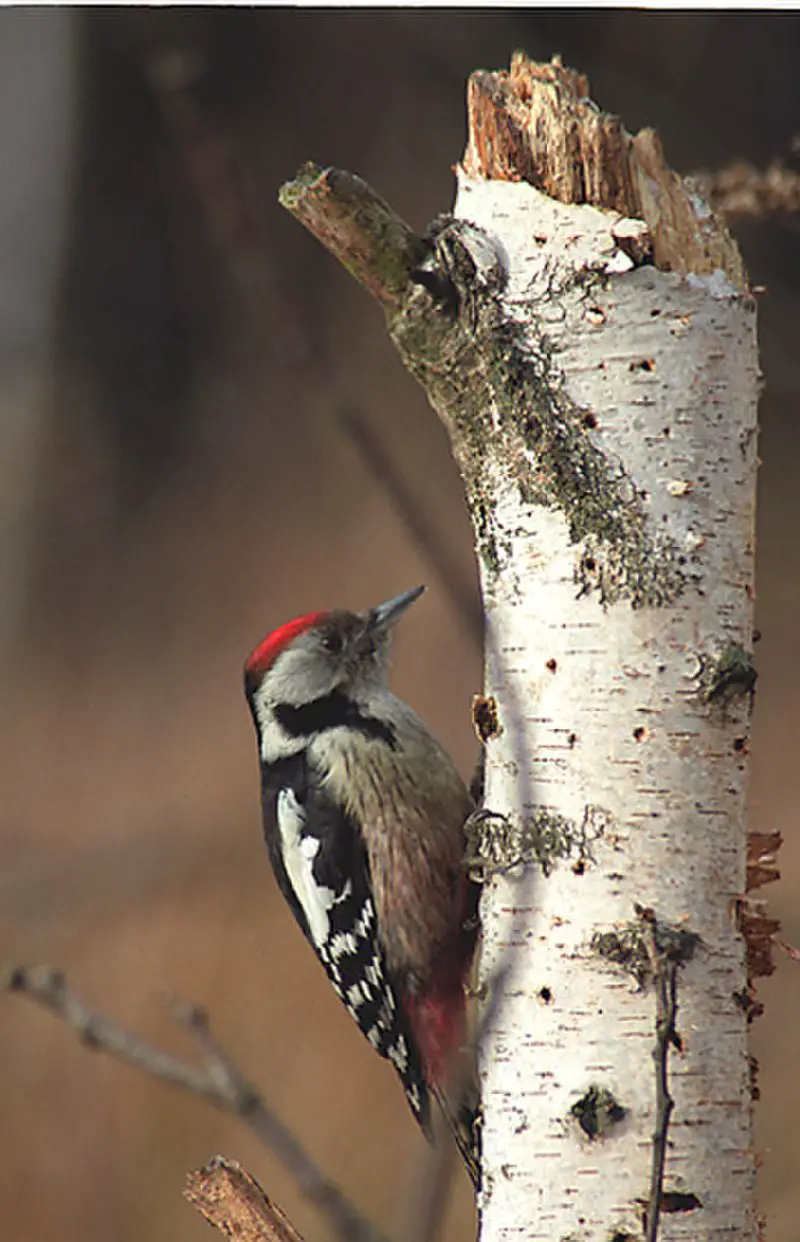
The Middle Spotted Woodpecker is a species of woodpecker native to Europe. It was formally described by the Swedish naturalist Carl Linnaeus in 1758 and given the binomial name Picus medius, with “medius” meaning intermediate – referring to its size compared to other woodpeckers.
They have black-and-white plumage with a distinctive red patch on their crowns, and are usually found around woodland areas where they feed on insects such as ants and beetles.
The males make loud drumming noises during mating season which can be heard for up to 500 meters away.
These birds generally live in tree cavities but will also nest inside old walls or buildings if available.
Conservation efforts are underway across Europe due to decreasing populations caused by habitat loss and fragmentation from human activity, making it an important species worth protecting.Scientific classification:
| Kingdom | Animalia |
| Phylum | Chordata |
| Class | Aves |
| Order | Piciformes |
| Family | Picidae |
| Genus | Dendrocoptes |
| Species | D. medius |
4. Little Stint
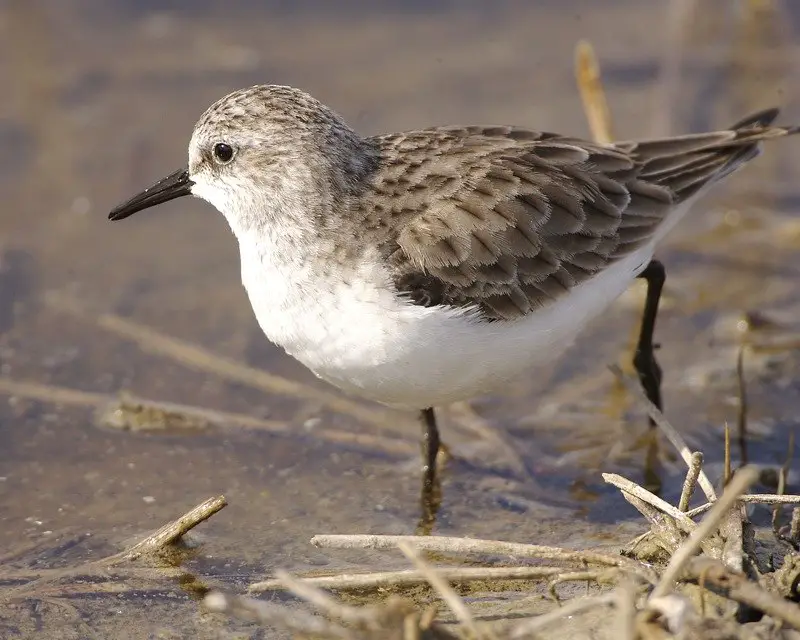
The Little Stint is an incredibly small wader that can be found in arctic Europe and Asia. During the winter it migrates to Africa and South Asia, but on rare occasions has been known to travel as far as North America and Australia.
The genus name comes from a term used by Aristotle for grey-coloured waterside birds. It’s scientific name “minuta” reflects its minuscule size when compared with other species of bird within this family.
Its feathers are mainly brownish-grey along the neck, chest and back while its belly features white streaks made up of black markings running along them horizontally.
Aside from its size, one of the most impressive traits about these birds is their ability to migrate such long distances every year.Scientific classification:
| Kingdom | Animalia |
| Phylum | Chordata |
| Class | Aves |
| Order | Charadriiformes |
| Family | Scolopacidae |
| Genus | Calidris |
| Species | C. minuta |
5. Temminck’s Stint
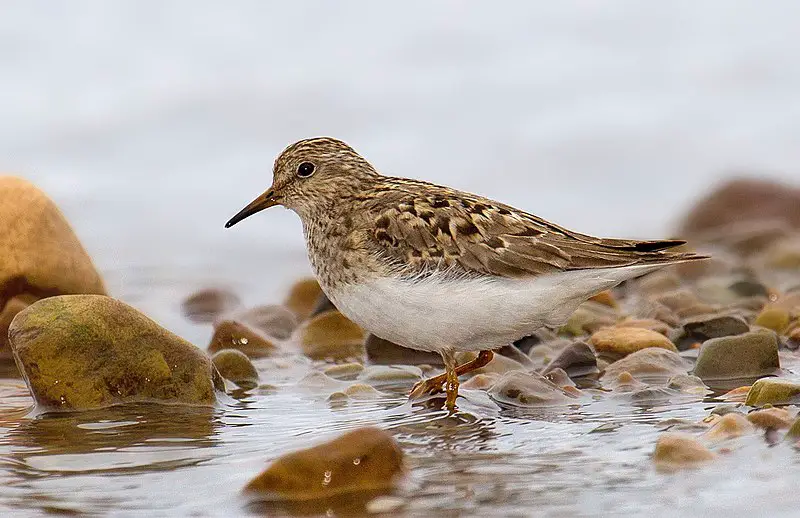
Temminck’s stint (Calidris temminckii) is a small, grey-coloured wader named after the Dutch naturalist Coenraad Jacob Temminck.
This species migrates between its breeding grounds in Europe and wintering sites across Africa and Asia, covering vast distances along the way.
It has been identified as being particularly vulnerable to changes in habitat due to land use changes on migration flyways or at stopover locations.
For this reason, it is listed under the Agreement on the Conservation of African-Eurasian Migratory Waterbirds (AEWA).
Due to declining populations caused by human activities such as drainage of wetlands for agriculture, conservation measures are needed if we want future generations to admire this remarkable bird.Scientific classification:
| Kingdom | Animalia |
| Phylum | Chordata |
| Class | Aves |
| Order | Charadriiformes |
| Family | Scolopacidae |
| Genus | Calidris |
| Species | C. temminckii |
Also Featured In: Birds That Live in Iraq, Most Common Birds Live in Osaka
6. Little Crake
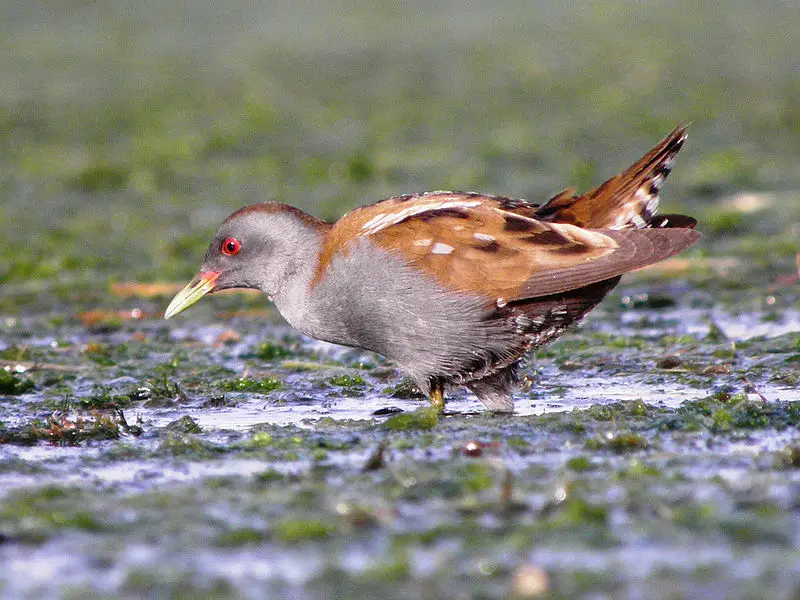
The Little Crake (Zapornia parva) is one of the smallest waterbirds in the family Rallidae. It breeds mainly in reed beds found throughout Europe and western Asia, migrating to Africa for winter months.
Measuring 17-19 cm long, these birds are slightly smaller than their close relative – the Spotted Crake – which can be identified by its lack of spots on its back.
With brown plumage, black eyes and a bill that curves downwards at tips; they also have yellow legs and feet as well as white underparts with some barring towards their underside.
They feed mainly on small invertebrates and insects while nesting near lakes or pools among dense vegetation such as sedges and bulrushes where they lay 4–7 eggs between May to July each year.Scientific classification:
| Kingdom | Animalia |
| Phylum | Chordata |
| Class | Aves |
| Order | Gruiformes |
| Family | Rallidae |
| Genus | Zapornia |
| Species | Z. parva |
7. Spotted Crake
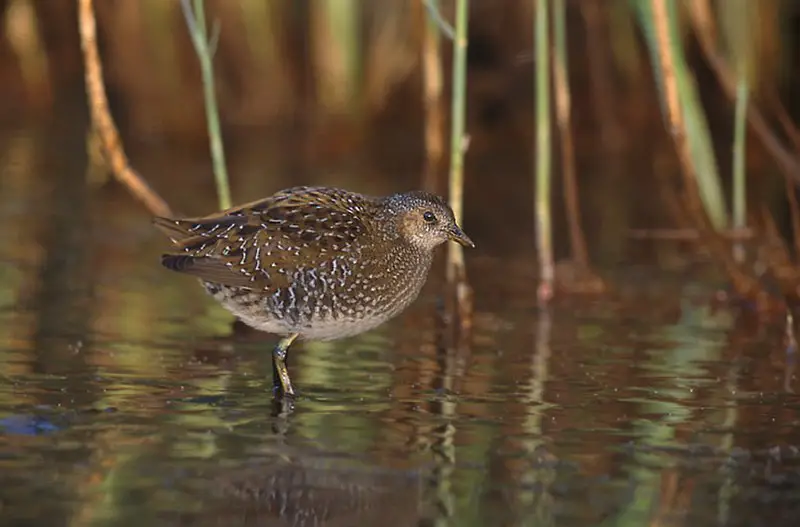
The Spotted Crake is a small waterbird from the family Rallidae, with its scientific name derived from Venetian terms for small rails.
It breeds in marshes and sedge beds across temperate Europe into western Asia and nests on dry locations within marsh vegetation; laying 6-15 eggs.
This species migrates to Africa and Pakistan during winter season. The size of an adult bird can range up to 22.5 cm long, making it one of the smaller birds amongst others in its family but still beautiful nonetheless.
With rich chestnut brown upperparts contrasted by white underparts, they are definitely easy to spot when flying around or simply sitting atop branches nearby ponds or wetlands.Scientific classification:
| Kingdom | Animalia |
| Phylum | Chordata |
| Class | Aves |
| Order | Gruiformes |
| Family | Rallidae |
| Genus | Porzana |
| Species | P. porzana |
8. Baillon’s Crake
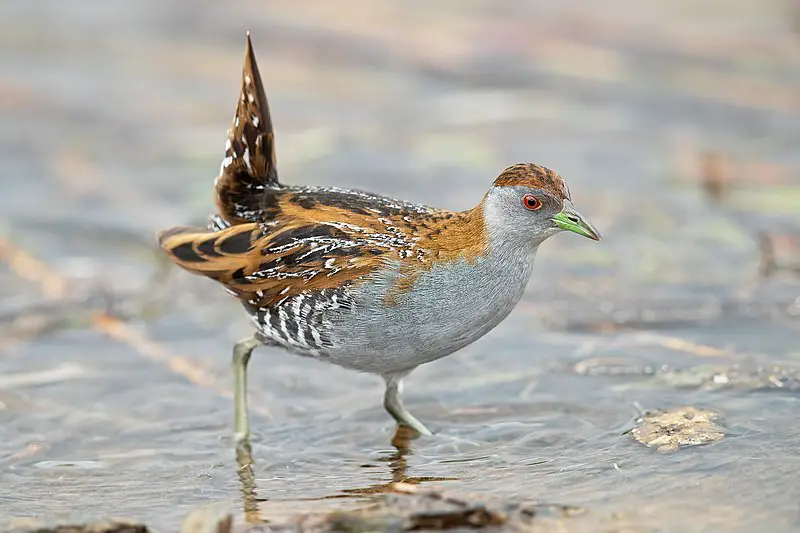
Baillon’s crake is a species of small waterbird belonging to the Rallidae family.
It breeds in Europe, mainly eastwards but also stretching across Palearctic regions, and has experienced an upsurge in North-Western breeding areas after its numbers depleted due to drainage during the mid 19th century.
Its preferred habitat consists of sedge beds which provide it with food as well as shelter from predators.
With brown upperparts and white underparts that are marked by dark barring on wings and flanks, Baillon’s Crakes have yellowish eyes along with pale green legs; they measure around 16cm long when fully grown.
Their diet includes insects such as beetles and grasshoppers alongside aquatic invertebrates like snails or ants found near their nesting grounds.Scientific classification:
| Kingdom | Animalia |
| Phylum | Chordata |
| Class | Aves |
| Order | Gruiformes |
| Family | Rallidae |
| Genus | Zapornia |
| Species | Z. pusilla |
Also Featured In: Belarus Birds You Should Know, Common Serbian Birds
9. Grey-Headed Woodpecker
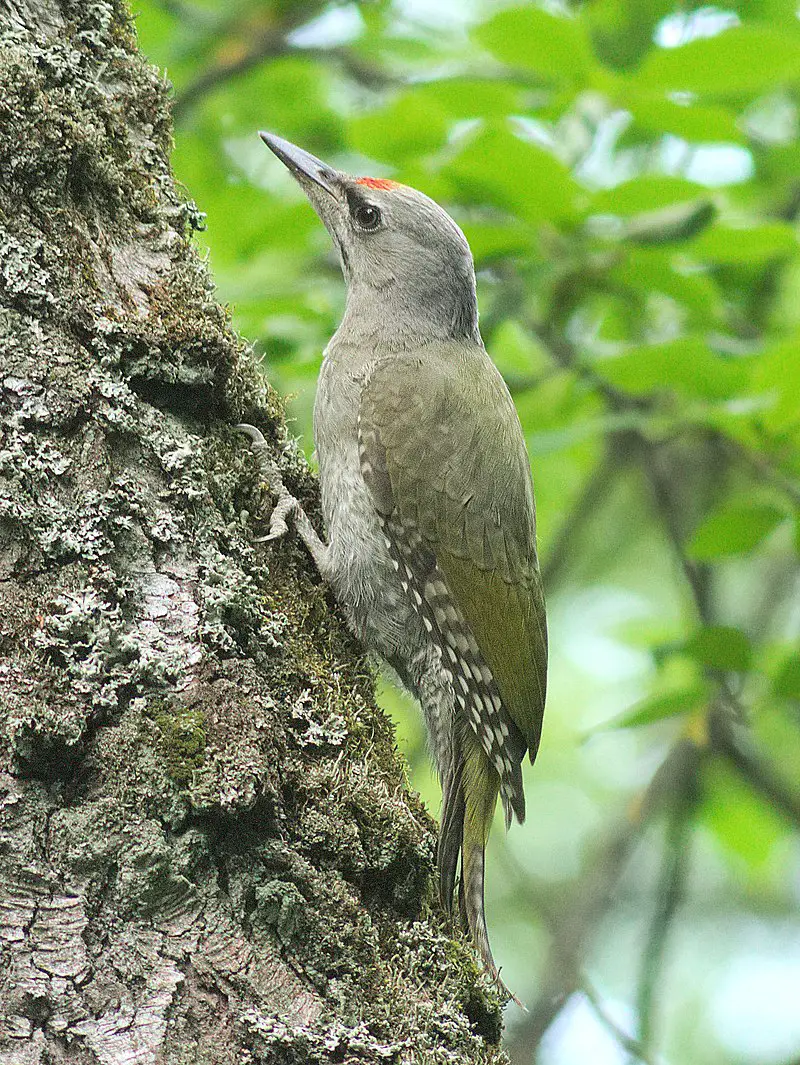
The Grey-headed Woodpecker is a species of bird found in the Eurasian region, belonging to the family Picidae.
It has distinctive grey feathers on its head and back, making it easily identifiable compared to other woodpeckers.
This species can be seen across large parts of Europe and Central Asia, all the way up into Northern Siberia.
The diet consists mainly of small insects such as ants and beetles which they locate by tapping or drilling holes into tree bark looking for larvae underneath; this behaviour also helps them find nesting cavities within trees for their homes.
They are very social creatures that like to live in groups with many birds from different generations living together at once.Scientific classification:
| Kingdom | Animalia |
| Phylum | Chordata |
| Class | Aves |
| Order | Piciformes |
| Family | Picidae |
| Genus | Picus |
| Species | P. canus |
Also Featured In: Common Slovakian Birds, Most Common Lithuanian Birds
10. Eurasian Penduline Tit
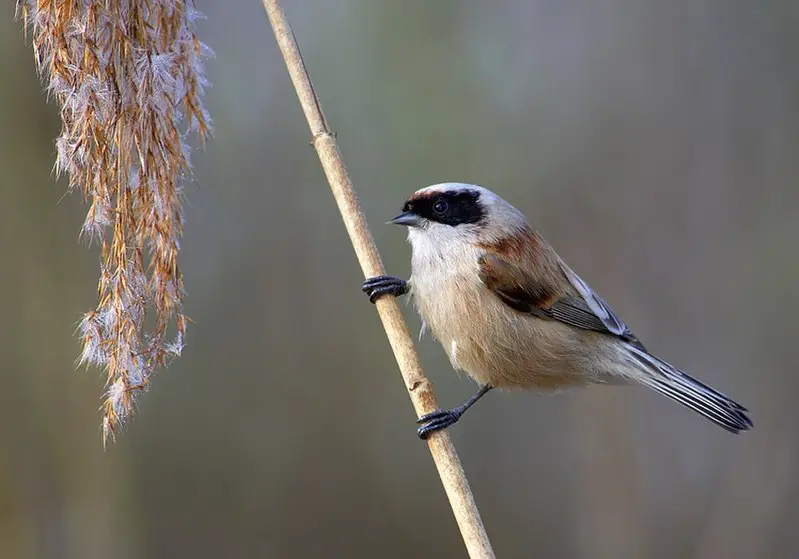
The Eurasian penduline tit is a passerine bird of the genus Remiz which can be found widely across the western Palearctic.
It migrates to more northern parts in summer, while staying resident in its southern range during winter months.
This species experienced an expansion of its breeding grounds throughout Western Europe between 1980s and 1990s, thus increasing its population significantly.
The Penduline Tit has various striking features like bright yellow underparts with black streaks on sides.
Greyish-brown upper part with white underside and pale eye line along head sides as well as distinctive tail nest made from fibers and mosses hanging from trees or shrubs like a pendulum hence their name ‘Penduline’.
These birds feed mainly on insects but also eat some seeds especially sunflower seeds making them popular garden visitors for many people.Scientific classification:
| Kingdom | Animalia |
| Phylum | Chordata |
| Class | Aves |
| Order | Passeriformes |
| Family | Remizidae |
| Genus | Remiz |
| Species | R. pendulinus |
11. Motacillidae
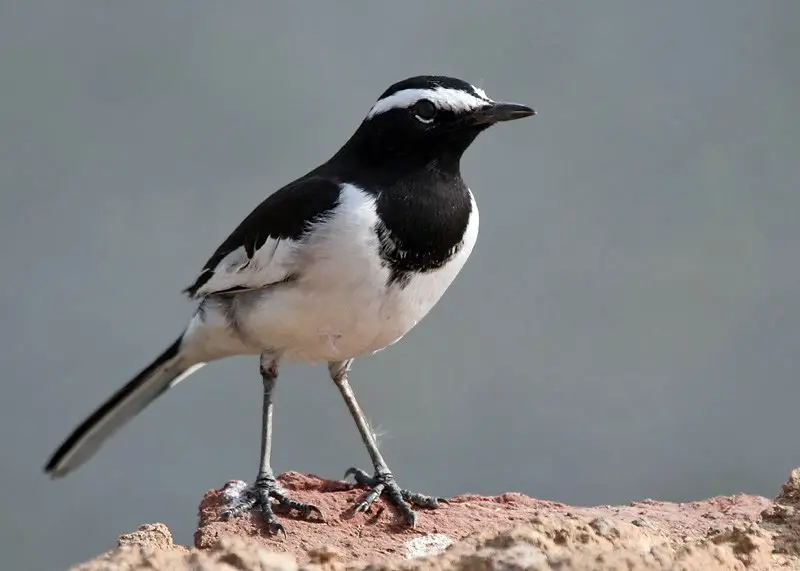
Motacillidae is a family of small passerine birds consisting of around 70 species. They are found across Europe, Africa, Asia and even Alaska with two migratory breeding species.
The three genera they belong to include wagtails which typically have medium to long tails; longclaws that can only be spotted in the Afrotropics; and pipits which possess the most cosmopolitan distribution worldwide.
These birds feed on insects as well as seeds for their diets and are usually seen in open habitats such grasslands or wetlands where food sources like invertebrates can easily be accessed.
Most Motacillidae species also use mud nests during breeding season making them easy targets for predators so it’s important we protect these beautiful creatures.Scientific classification:
| Kingdom | Animalia |
| Phylum | Chordata |
| Class | Aves |
| Order | Passeriformes |
| Superfamily | Passeroidea |
| Family | Motacillidae Horsfield, 1821 |
12. Old World Flycatchers
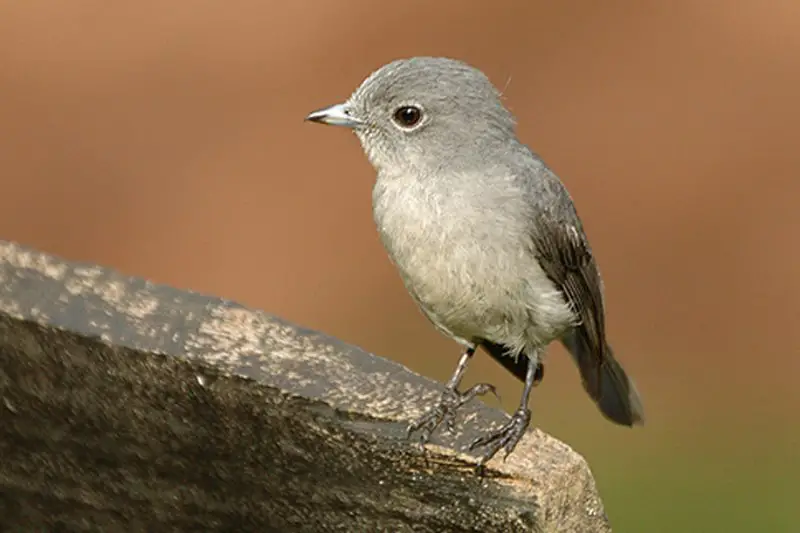
The Old World Flycatcher is a family of small passerine birds, native to Europe, Africa and Asia. They are mainly insectivorous arboreal birds that feed on insects they catch in the air or trees.
Their wingspan ranges from 5-11 inches long with males usually being slightly larger than females.
The coloration of these birds can range greatly depending on species but typically have dull greyish brown upperparts and pale undersides which help them blend into their environment for hunting purposes.
Bluethroat (Luscinia svecica) and Northern Wheatear (Oenanthe oenanthe) are two exceptions as they can be found in North America too.
These charming little creatures make fun additions to birdwatching lists all over the world because of their vibrant colors and interesting behaviors.Scientific classification:
| Kingdom | Animalia |
| Phylum | Chordata |
| Class | Aves |
| Order | Passeriformes |
| Superfamily | Muscicapoidea |
| Family | Muscicapidae Fleming J., 1822 |
13. Sylviid Warblers
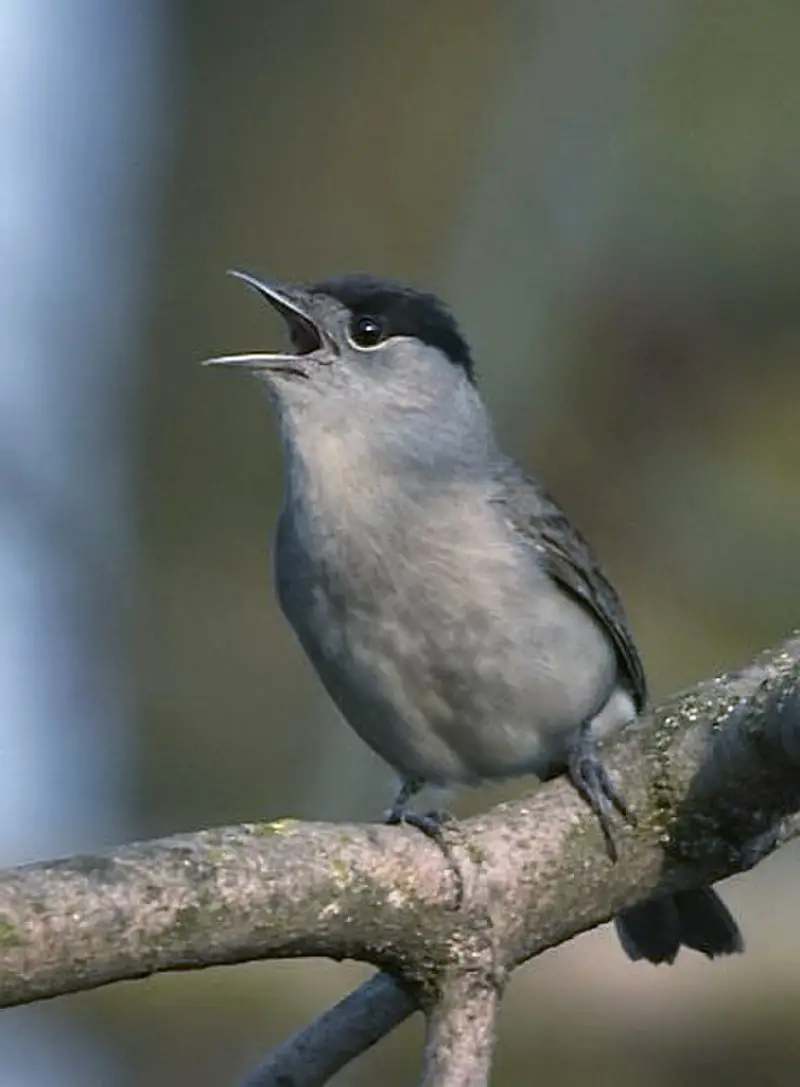
The Sylviid warblers are a family of passerine birds found in Eurasia and Africa. They include the typical warblers as well as babblers that were formerly part of the Old World babbler family.
These birds have slender bodies, pointed wings, long tails and strong legs adapted for ground-dwelling habits like running or hopping along branches.
The male often has bright colors while females are usually duller in coloration with more muted plumage patterns than males.
Some species also show sexual dimorphism where one sex may be larger or smaller than its counterpart; for instance some species may have longer tail feathers on the female side compared to their male counterparts.
Many members of this group feed on insects but some specialize on seeds, fruits, nectar or even frogs.Scientific classification:
| Kingdom | Animalia |
| Phylum | Chordata |
| Class | Aves |
| Order | Passeriformes |
| Superfamily | Sylvioidea |
| Family | Sylviidae Leach, 1820 |
14. Waxwing Birds
Waxwings are stunning birds with a crest, black-tipped tail feathers and bright red waxy tips on the wings.
They usually travel in small flocks, feeding mainly on berries during winter months to supplement their diet of insects.
Waxwing species inhabit mostly boreal forests or shrublands across North America, Europe and Asia.
During breeding season they build cup shaped nests out of twigs high up in trees or old buildings. These birds have an unusual call that sounds like “tsi tsi”.
Their song is described as soft trills often mixed with mimicry notes from other bird songs heard around them.
The beautiful waxwing is well-known for its acrobatic skills; it can fly quickly between branches chasing after food.
15. Sittidae
Waxwings are stunning birds with a crest, black-tipped tail feathers and bright red waxy tips on the wings.
They usually travel in small flocks, feeding mainly on berries during winter months to supplement their diet of insects.
Waxwing species inhabit mostly boreal forests or shrublands across North America, Europe and Asia.
During breeding season they build cup shaped nests out of twigs high up in trees or old buildings. These birds have an unusual call that sounds like “tsi tsi”.
Their song is described as soft trills often mixed with mimicry notes from other bird songs heard around them.
The beautiful waxwing is well-known for its acrobatic skills; it can fly quickly between branches chasing after food.
16. Stone-Curlew

Stone-curlews, also known as dikkops or thick-knees, are a family of birds that have adapted to live in tropical and temperate regions throughout the world.
They can be found in Africa, Asia and Australia with two or more species per region. Despite being classified as waders, most prefer dry arid habitats over moist wetlands.
Stone-curlews typically have long legs which help them navigate through their preferred terrain efficiently; some species even stand at an impressive height when standing on those long legs.
Additionally they feature cryptic plumage which helps them blend into their surroundings while hunting for prey such as insects and small mammals like rodents.
These unique bird’s calls are easily recognizable; it has been said that hearing one is similar to listening to someone whistling ‘Keee Weee’.Scientific classification:
| Kingdom | Animalia |
| Phylum | Chordata |
| Class | Aves |
| Order | Charadriiformes |
| Suborder | Chionidi |
| Family | Burhinidae Mathews, 1912 |
17. Threskiornithidae
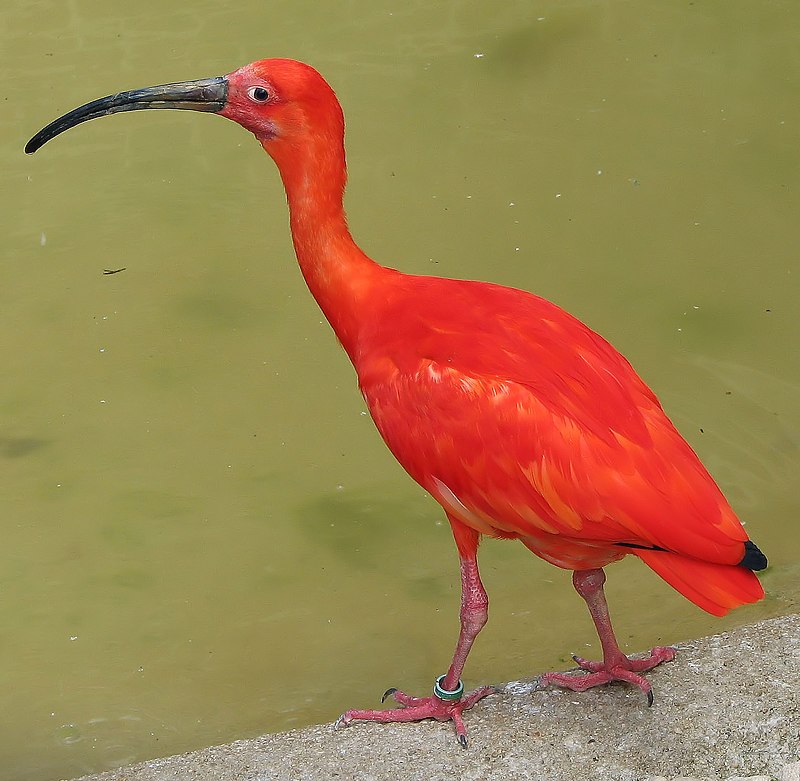
Threskiornithidae is a family of large wading birds which includes 36 species. These birds are traditionally divided into two subfamilies – the ibises and the spoonbills.
However, recent genetic analysis has shown that spoonbills actually belong to Old World ibis group, while New World ibises form an early offshoot from this lineage.
Threskiornithidse members have long curved beaks with serrated edges used for catching fish in shallow water or mudflats, as well as other aquatic invertebrates like crustaceans and mollusks.
They also feed on plant matter such as grains and seeds found close to wetlands areas where they live.
This diverse diet makes them important scavengers in their ecosystems, helping maintain healthy populations of native wildlife by controlling insect numbers and dispersing energy-rich seeds throughout wetland habitats.Scientific classification:
| Kingdom | Animalia |
| Phylum | Chordata |
| Class | Aves |
| Order | Pelecaniformes |
| Suborder | Ardei |
| Family | Threskiornithidae Richmond, 1917 |
18. Skuas
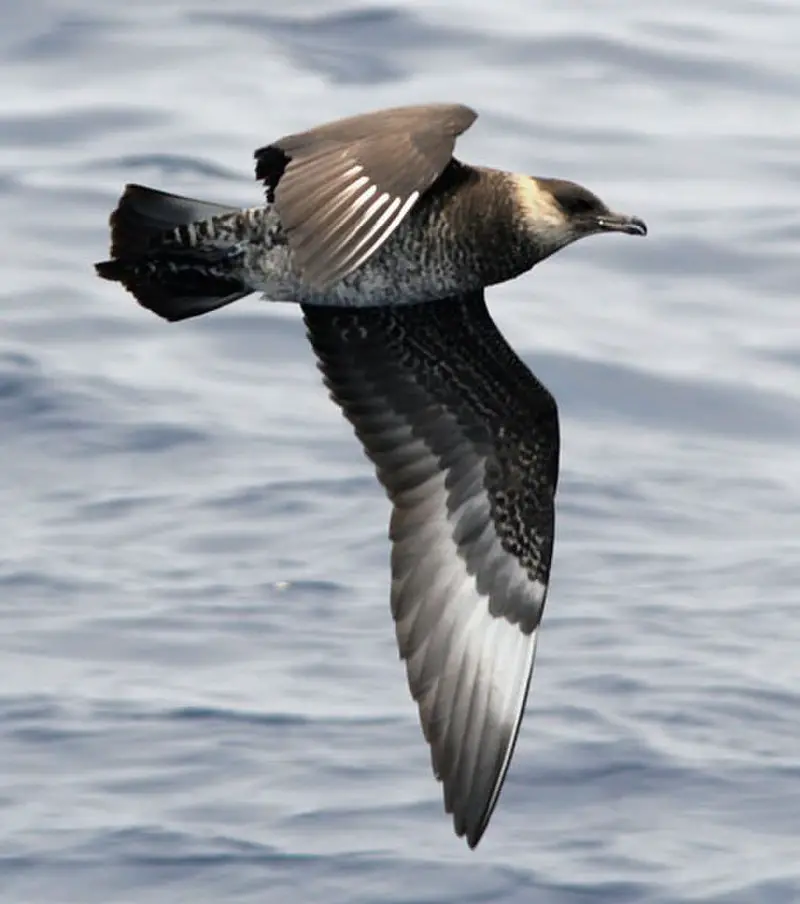
Skuas are a group of predatory seabirds with seven species, all belonging to the genus Stercorarius.
They are also known as “Jaegers” in North America and their name originates from the Faroese word for Great Skua – skúgvur.
These birds typically inhabit coastal areas or open oceans where they feed on fish, krill and other marine creatures.
Skuas can be distinguished by their pointed wings which help them fly long distances while hunting food.
Their distinctive colouration varies depending on age and habitat but generally includes greyish brown upperparts and white underparts with black streaks along its belly area.
The overall size ranges from 24-40 cm making these one of the larger sea bird species.Scientific classification:
| Kingdom | Animalia |
| Phylum | Chordata |
| Class | Aves |
| Order | Charadriiformes |
| Suborder | Lari |
| Family | Stercorariidae Gray, 1871 |
| Genus | Stercorarius Brisson, 1760 |
19. Treecreepers

Treecreepers are small passerine birds found in wooded areas of the Northern Hemisphere and sub-Saharan Africa.
They have dull colored plumage, long curved bills, stiff tails and strong feet that help them to climb up tree trunks while searching for food such as insects and spiders.
The two genera Certhia and Salpornis include eleven species which can be identified by their distinct call – a high pitched ‘tsee-tsit’.
Treecreepers build cup shaped nests on trees usually near the base or middle trunk using mosses, lichens, grasses with leaves inside them to provide insulation from cold temperatures.
These birds also use bark crevices during winter months when they shelter in groups together against extreme weather conditions.Scientific classification:
| Kingdom | Animalia |
| Phylum | Chordata |
| Class | Aves |
| Order | Passeriformes |
| Superfamily | Certhioidea |
| Family | Certhiidae Leach, 1820 |
20. Northern Storm Petrels
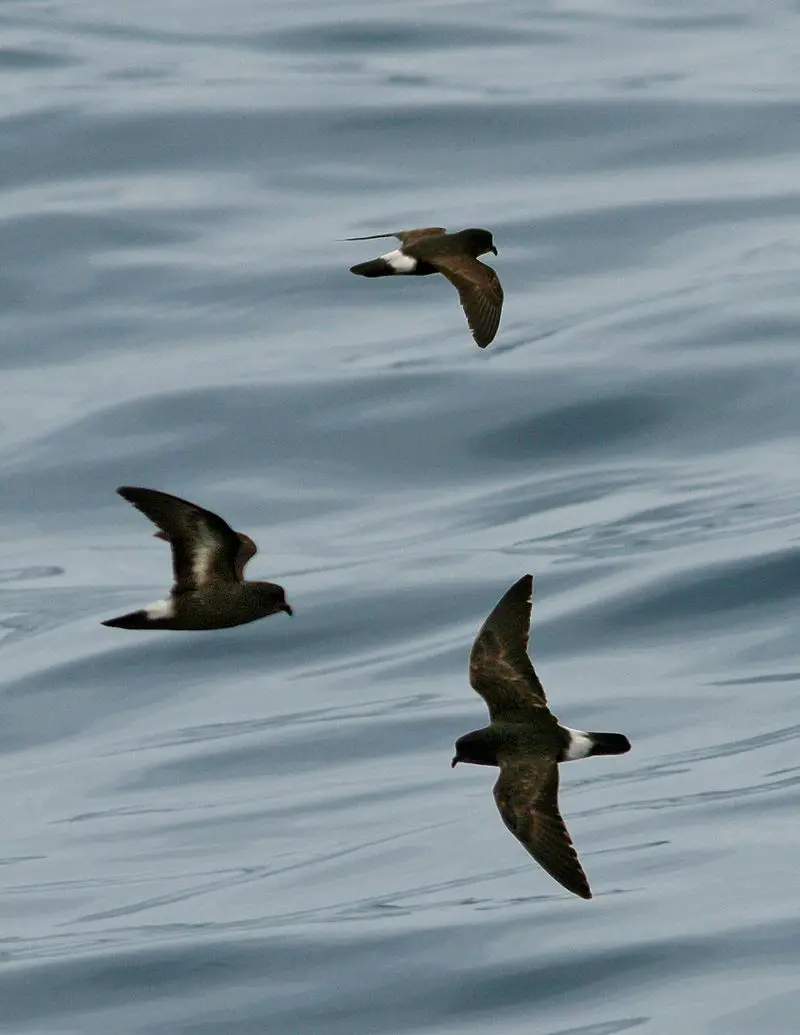
Northern storm petrels are one of the smallest seabirds, inhabiting oceans all over the world.
They have a unique ability to hover over water and pick planktonic crustaceans and small fish from the surface.
Northern storm petrels belong to the genus Hydrobates in family Hydrobatidae, part of Procellariiformes order.
This species was once lumped with austral storm petrel but recent studies show that they weren’t related closely which led them being split into two distinct species now.
These birds can be identified by their dark grey upperparts and wings along with white underparts when seen from afar while feeding on ocean’s surface.Scientific classification:
| Kingdom | Animalia |
| Phylum | Chordata |
| Class | Aves |
| Order | Procellariiformes |
| Family | Hydrobatidae Mathews, 1912 |
| Genus | Hydrobates F. Boie, 1822 |
21. Plovers

Plovers are a family of around 64-68 species of ground-dwelling birds, commonly found in open country such as fields, meadows and tundras.
They have short bills with webbed feet to help them forage through mud or shallow water.
Plover plumage is usually mottled brown though some species may have brighter colors on the head and wings.
These birds feed mainly on insects but can also eat small crustaceans and worms.
Plovers breed during springtime when they dig holes in sandy or pebbled beaches to lay their eggs which hatch after about 3 weeks incubation period.
They use distraction display behaviour by pretending an injury to the predators away from their nests if needed for protecting their young ones.Scientific classification:
| Kingdom | Animalia |
| Phylum | Chordata |
| Class | Aves |
| Order | Charadriiformes |
| Family | Charadriidae Leach, 1820 |
22. Stilts And Avocets
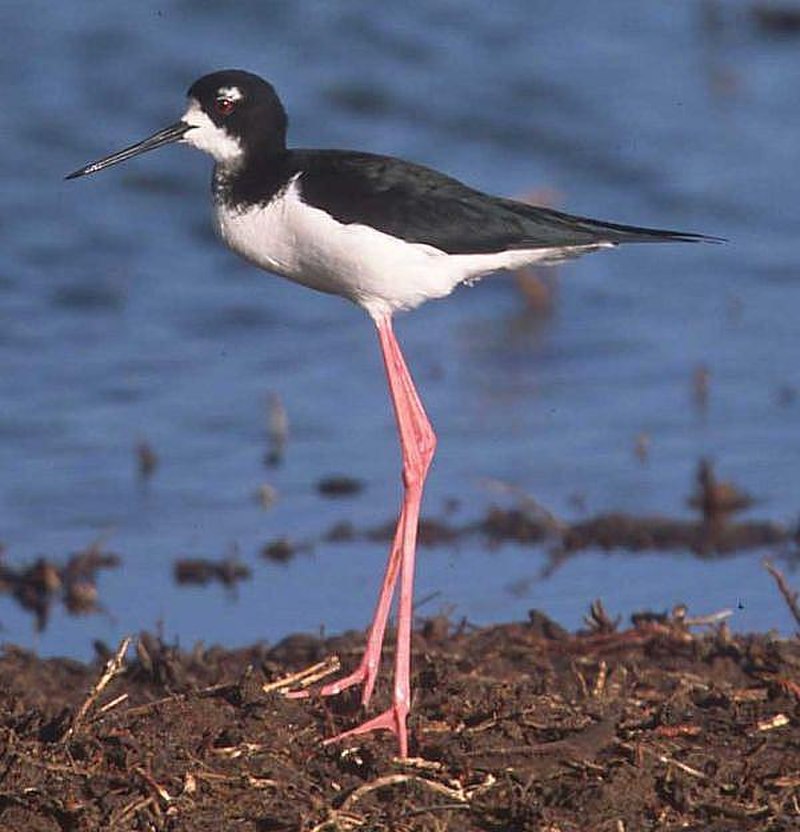
Stilts and avocets are two distinct groups of birds belonging to the family Recurvirostridae. They range in length from 30-46 cm (12-18 inches) and weigh between 140 – 435 g (4.9 – 15.3 ounces).
Males usually have slightly larger bodies than females, with long thin legs, necks and bills.
Avocet bills curve upwards uniquely while stilt beaks remain straight most times.
These wading birds live mainly near shorelines or wetlands where they feed on aquatic invertebrates like brine shrimp, insects etc., occasionally supplementing their diet with seeds or small fish too.
Stilts also inhabit open fields in search of food sources such as earthworms or grasshoppers during the non-breeding season.
Both groups migrate over large distances for warmer weathers when it gets cold outside.Scientific classification:
| Kingdom | Animalia |
| Phylum | Chordata |
| Class | Aves |
| Order | Charadriiformes |
| Suborder | Charadrii |
| Family | Recurvirostridae Bonaparte, 1854 |
23. Old World Orioles
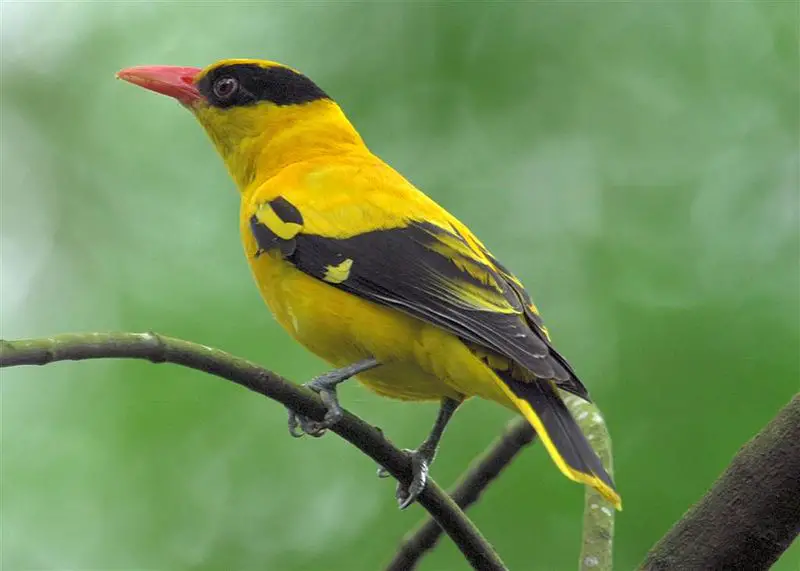
Old World orioles are a family of passerine birds found in the Old World. It comprises four genera: piopios, figbirds, pitohuis and the original genus Oriolus.
The African black-headed species have sometimes been removed from this latter group due to their distinct characteristics as well as other proposed splits for Oriolus.
These colorful birds can be identified by their bright yellow or orange plumage that often features darker markings on wings and head areas, although some species may also display a blue hue or stripes across the body feathers.
They typically feed on insects such as caterpillars and grasshoppers but will supplement with small fruits when available too – making them beneficial additions to gardens.Scientific classification:
| Kingdom | Animalia |
| Phylum | Chordata |
| Class | Aves |
| Order | Passeriformes |
| Superfamily | Orioloidea |
| Family | Oriolidae Vigors, 1825 |
24. Bee-Eater
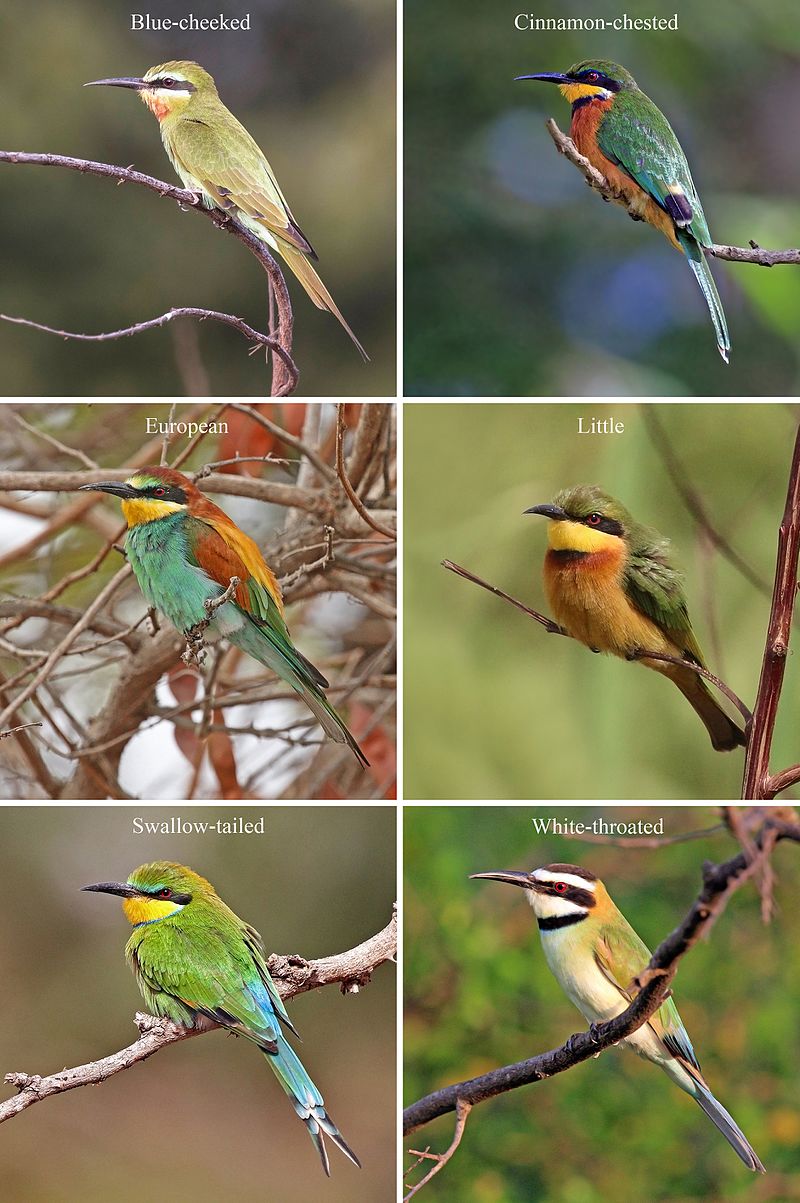
Bee-eaters are one of the most beautiful and vibrant birds in existence. They have a slender body, long wings, down turned bills and their signature elongated central tail feathers which make them instantly recognizable from afar.
Their plumage is incredibly colorful with many shades ranging from blues to greens to reds that glisten when they fly through the air.
These stunning creatures can be found all over Africa, Asia, Southern Europe, Australia and New Guinea where they feed mainly on bees but also other insects like flies or wasps as well as small mammals such as lizards or rodents.
Bee-eaters live in colonies near rivers or wetlands so that they may easily hunt for food while staying close together for safety purposes.
Additionally it allows them to better display their impressive courtship dances during mating season.Scientific classification:
| Kingdom | Animalia |
| Phylum | Chordata |
| Class | Aves |
| Order | Coraciiformes |
| Family | Meropidae Rafinesque, 1815 |
25. American Sparrows
Waxwings are stunning birds with a crest, black-tipped tail feathers and bright red waxy tips on the wings.
They usually travel in small flocks, feeding mainly on berries during winter months to supplement their diet of insects.
Waxwing species inhabit mostly boreal forests or shrublands across North America, Europe and Asia.
During breeding season they build cup shaped nests out of twigs high up in trees or old buildings. These birds have an unusual call that sounds like “tsi tsi”.
Their song is described as soft trills often mixed with mimicry notes from other bird songs heard around them.
The beautiful waxwing is well-known for its acrobatic skills; it can fly quickly between branches chasing after food.
26. Booted Warbler
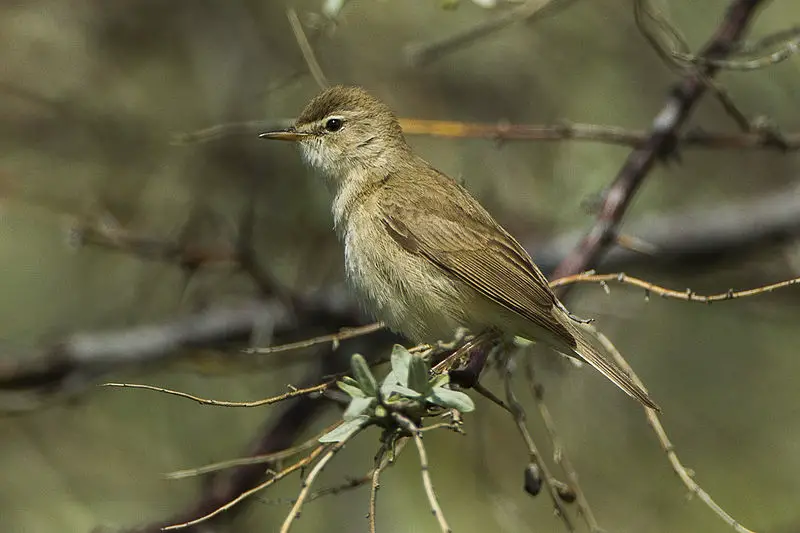
The Booted Warbler is an Old World warbler belonging to the tree warbler group.
It breeds in central Russia and western China, migrating south for wintering grounds as far away as Sri Lanka.
These small birds are mainly olive-green on top with a yellowish belly and have white patches above their eyes which give them a distinctive ‘booted’ appearance.
They feed by gleaning insects from foliage or flycatchers from midair during migration times.
Their song is composed of high-pitched trills often sung duet style between mates, making it easy to identify this species in its habitat range.Scientific classification:
| Kingdom | Animalia |
| Phylum | Chordata |
| Class | Aves |
| Order | Passeriformes |
| Family | Acrocephalidae |
| Genus | Iduna |
| Species | I. caligata |